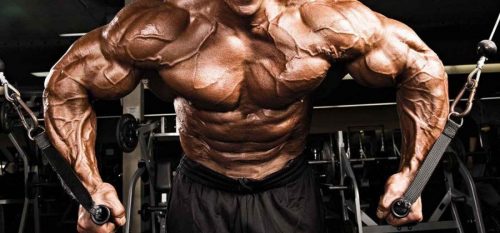Top 5 Mistakes Made With Chest Exercises
Top 5 Mistakes When Performing Chest Exercises
When building a house, flaws in your foundation could be detrimental to your results. Likewise, when building your body, flaws in your technique and form can result in injuries or worse. How to avoid it? Take some time before transitioning to each exercise to set yourself up and have a partner double check your form before continuing to increase the weight. With that said there are still common mistakes that go unnoticed. This post will be covering the top 5 common mistakes done in chest exercises.
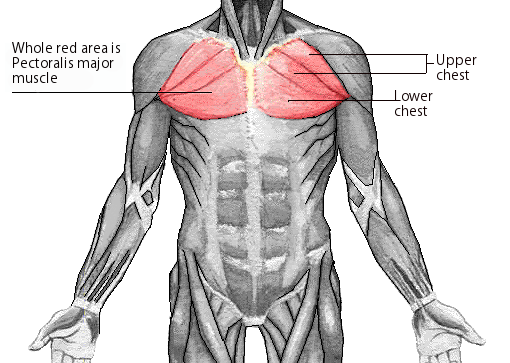
1. Grip
If you’ve been going to the gym for a while and have a good sense of the movements you may not even realize your doing something off. You probably just got comfortable doing a movement your way, even though it may not be the right way. How you grip the bar matters. Using a thumbless grip (thumbs wrapped around the bar on the same side as the fingers) won’t be a problem 9 out of 10 times, but its the 1 that can kill you, literally. With a heavy weight, the bar can slip from your grip and come crashing down.
What should you do?
Firstly start practicing gripping the bar with your thumb wrapped around the bar. Secondly, have a spotter. If you know you’re someone who struggles with breaking a habit, it will only help to have someone aiding you. For additional grip support you can also try using chalk or liquid grip.
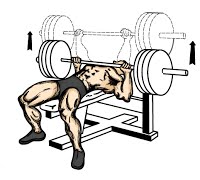
2. The Motion
Its usually thought that the tough part of resistance training is lifting the weights up and fighting that resistance. Well you’re not wrong, it’s in the name. But the focus shouldn’t be all in fighting gravity. Whether its a push or pull movement, you need to have control of the movement the entire motion of the movement. Controlling the movement both down and up will help with your leverage for the exercise.
Better leverage= Better sets
What should you do?
When it comes to bench , whether you’re doing incline or decline presses the point the bar comes closest to your pecs changes with the angle of the bench. For decline you should focus getting the bar to tap your lower pecs, not your neck. For incline it should tap higher on your chest.
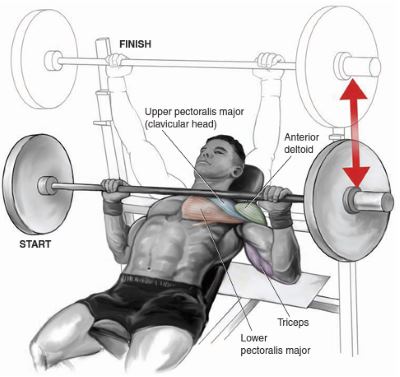
3. Your Workout Layout
As you probably understand by now, after a while of going to the gym you generate some habits. One of those habits is following the same routine over and over again. Treat your muscles like you treat your mind. After continuously studying a subject eventually you understand it and moreover you remember it. Your muscles work in the same fashion. Whether its with your chest exercises layout or any other muscle group, when you consistently train in the same way, the same exercise, same workout split (etc.) your body understands it. So you don’t feel the progress come as fast as you did when you just started it.
What should you do?
Change it up! Obviously you can try training harder, lifting heavier or adding more reps but to really get a jump on your potential switch up your routine. For example, if you start you chest day with flat bench every chest day, and you really put maximum effort into those reps, your upper pecs are going to start to lag behind. By the time you do declines, your lower pecs won’t be challenged to their fullest.
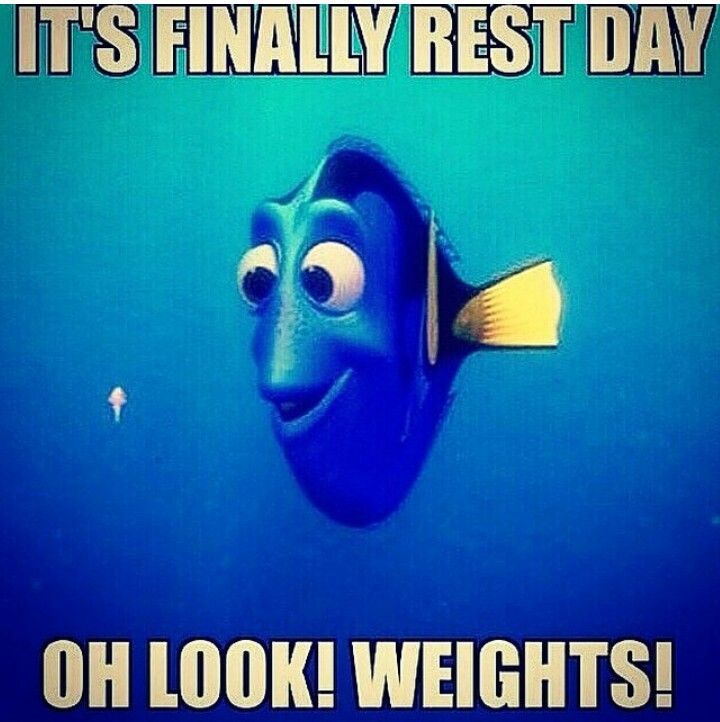
4.Over-training
When it comes to progress there are two essential things you need to master. The first thing is consistency. If you are consistent with your training and dieting, the results will come. The second thing is balance. If you spend hours at the gym, hours at work, plus time to cook, socialize, and if you’re in school or university, time to study, you are left with little time to rest. Rest days are important. You build your muscles in the gym, refuel with food and grow them when sleeping, its all part of the process.
What should you do?
Unless chest exercises has been neglected and is a actual weak spot, you shouldn’t make it your top priority. Maintain balance in your routine by training weaker spots with a heavier volume and providing yourself with enough rest.
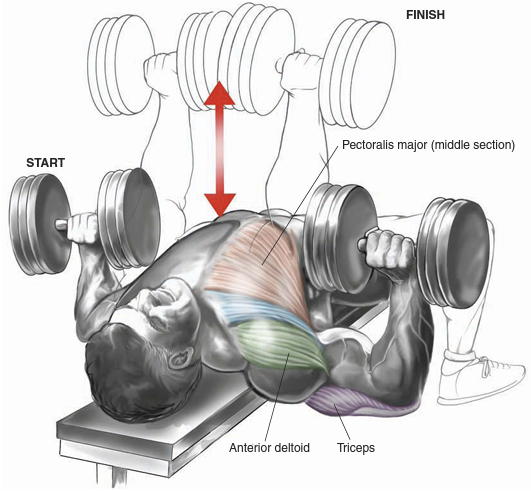
5. Not Engaging The Right Muscle
Have you ever gone through a workout or even just an exercise and felt like you felt nothing or, even worse, felt the burn in the wrong place? If so, you’re not alone! It’s actually very common especially with new lifters to not feel the burn in the right place or not feel it at all. As you probably guessed it comes down to your form. But that’s not all! If you’re not warming up and stretching before you workout, you are neglecting your muscles of an awesome tool to help them grow. By stretching and warming up, you’re giving your muscle a chance to wake up before the actual lifting starts. Doing so not only helps with targeting your workouts to the muscle you want to train, but it also helps prevent injury in the long run. For chest exercises, one of the most common mistakes is relying to heavily on your shoulders. Doing so robs your pecs of the potential gains and risks the shoulders of obtaining injuries particularly to your rotator cuff.
What should you do?
Firstly, you should stretch and warm up. Whether that means foam rolling and a run or some mobility work and warm up sets. Next you want to keep in mind how your form is. As cheese-y and cliche as it sounds, you want to work on that mind to muscle connection. And lastly you want to limit the involvement of muscle groups that are not your focus for the exercise. So during a chest press for example, you’ll want to reduce the amount of shoulder rotation during the movement. While also keeping your shoulder blades pinched back for the entire motion.
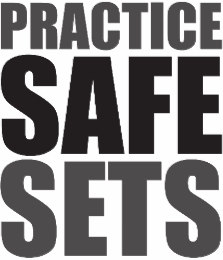
When you apply all these tips together and combine that with a healthy diet you can look forward to great progress.
